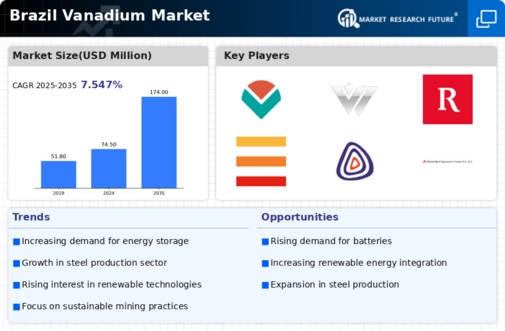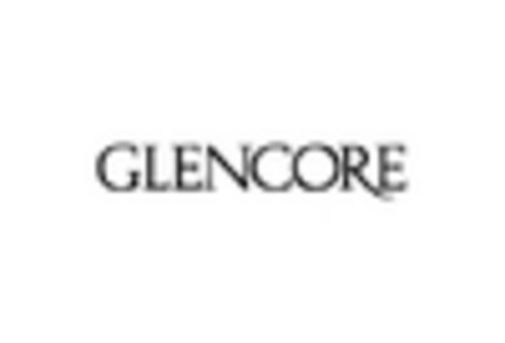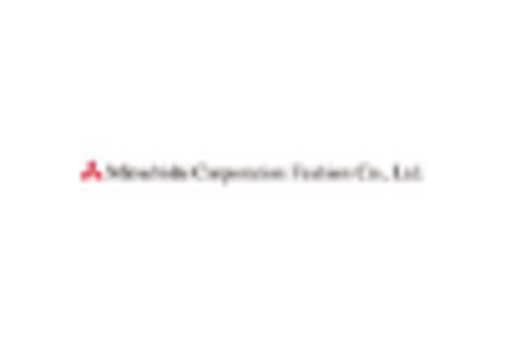The vanadium market in Brazil is characterized by a competitive landscape that is increasingly shaped by innovation, sustainability, and strategic partnerships. Key players such as CBMM (BR), Vanadio de Maracás (BR), and Companhia Brasileira de Metalurgia e Mineração (BR) are actively pursuing strategies that emphasize technological advancements and operational efficiencies. CBMM (BR), for instance, has focused on enhancing its production capabilities through digital transformation initiatives, which appear to bolster its market position by improving yield and reducing costs. Meanwhile, Vanadio de Maracás (BR) has been concentrating on regional expansion, aiming to tap into new markets while optimizing its supply chain to ensure reliability and sustainability in its operations.
The business tactics employed by these companies reflect a moderately fragmented market structure, where localized manufacturing and supply chain optimization are pivotal. The collective influence of these key players suggests a competitive environment that is not only driven by production capacity but also by the ability to adapt to changing market demands and regulatory frameworks. This adaptability is crucial as companies navigate the complexities of sourcing raw materials and meeting environmental standards.
In November 2025, CBMM (BR) announced a partnership with a leading technology firm to develop AI-driven solutions for its production processes. This strategic move is likely to enhance operational efficiency and reduce waste, aligning with the growing emphasis on sustainability within the industry. The integration of AI technologies could potentially set a new benchmark for productivity in the vanadium sector, positioning CBMM (BR) as a frontrunner in innovation.
In October 2025, Vanadio de Maracás (BR) secured a significant investment from a consortium of international investors aimed at expanding its mining operations. This influx of capital is expected to facilitate the development of new extraction technologies, which may improve the overall efficiency of vanadium recovery. Such advancements could not only enhance the company’s output but also contribute to a more sustainable approach to resource management.
In September 2025, Companhia Brasileira de Metalurgia e Mineração (BR) launched a new line of vanadium products tailored for the renewable energy sector. This strategic initiative reflects a growing trend towards sustainability and the increasing demand for high-performance materials in energy storage applications. By diversifying its product offerings, the company is likely to capture a larger share of the market, particularly as the global shift towards renewable energy sources accelerates.
As of December 2025, the competitive trends in the vanadium market are increasingly defined by digitalization, sustainability, and the integration of advanced technologies. Strategic alliances are becoming more prevalent, as companies recognize the need to collaborate in order to enhance their competitive edge. The shift from price-based competition to a focus on innovation, technology, and supply chain reliability is evident, suggesting that future differentiation will hinge on the ability to deliver sustainable and technologically advanced solutions.




















Leave a Comment